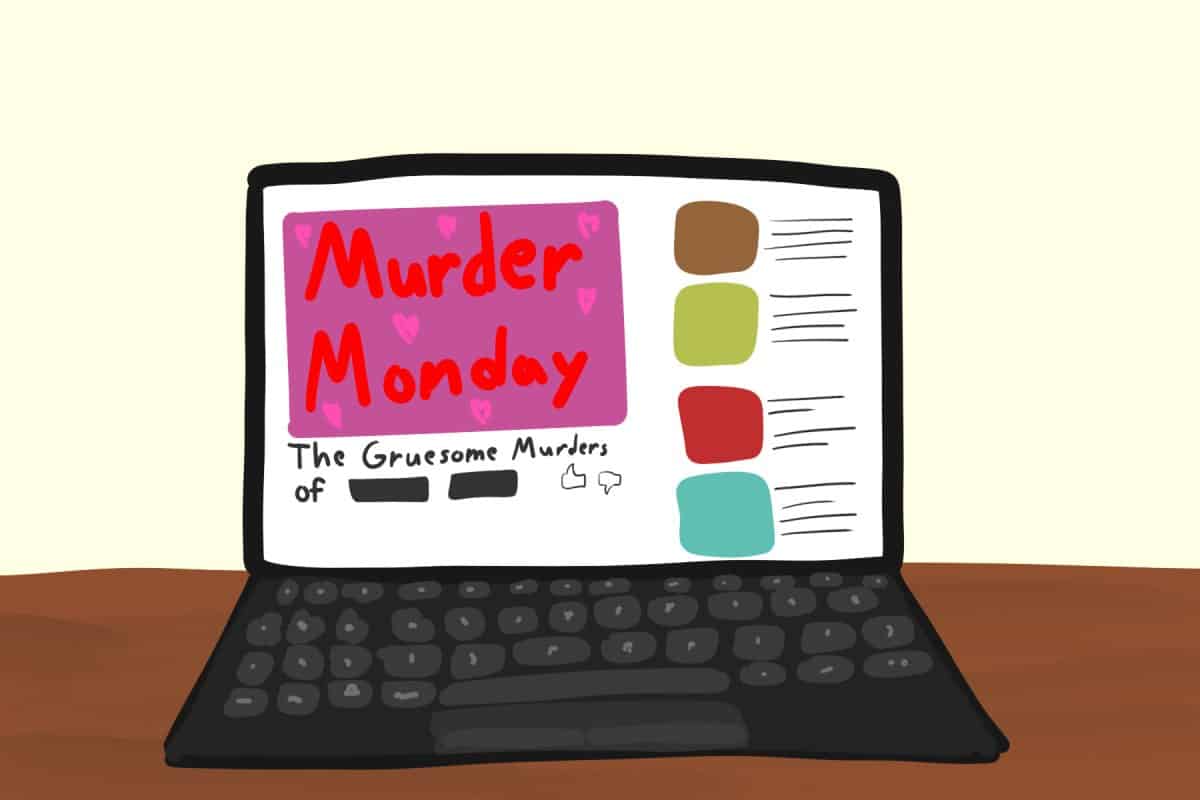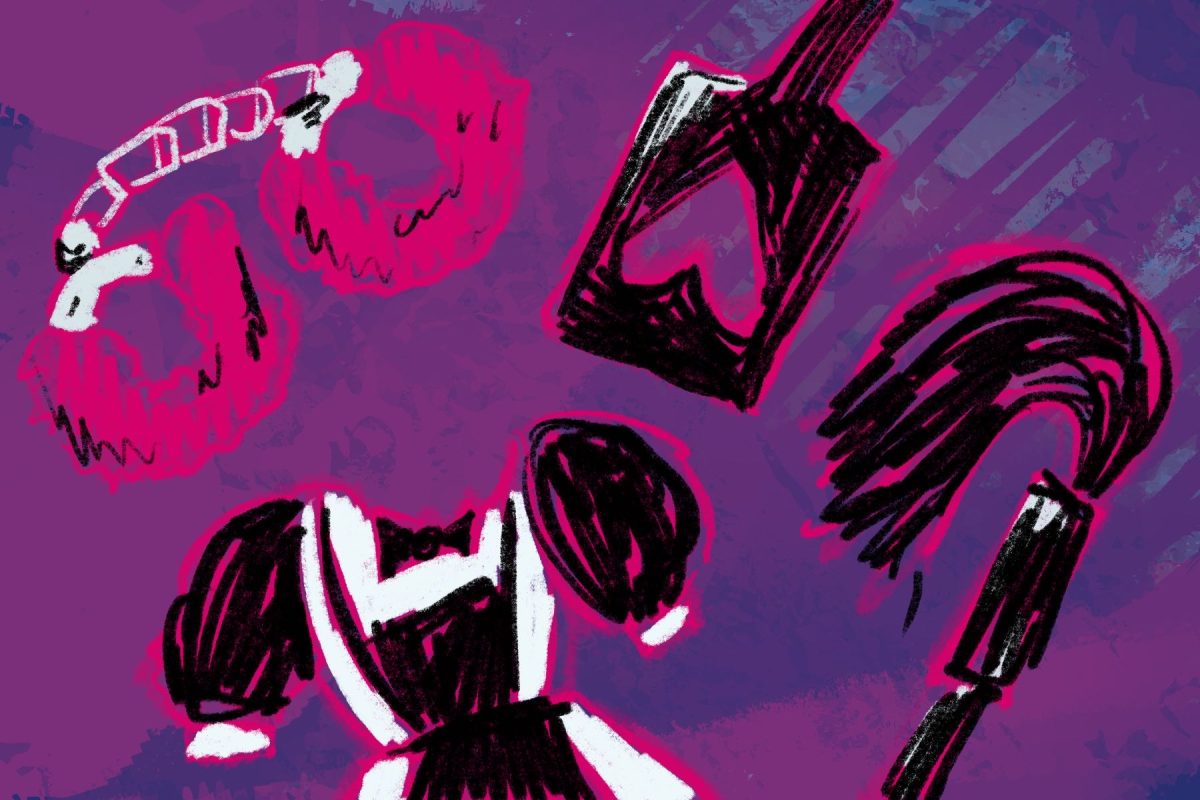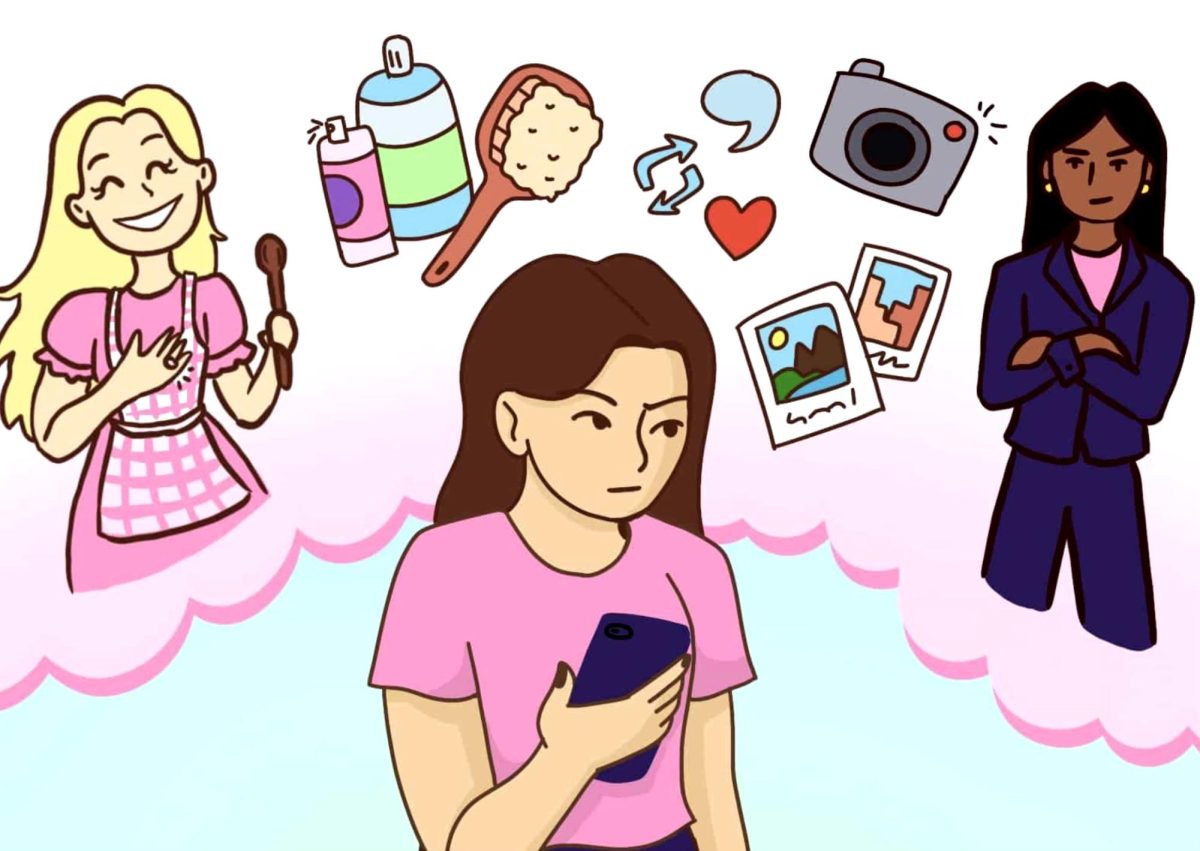On February 13, 2017, 13-year-old Abigail Williams and 14-year-old Liberty German were dropped off at a popular hiking trail in the small town of Delphi, Indiana, intent on spending the day off from school exploring nature and taking photos for social media. When they didn’t make it back from the trails that afternoon, a grueling two-day search for the girls ended with the discovery of their bodies only a half-mile upstream from where they were last seen.
Their disappearance and subsequent homicide investigation would quickly become national news. They would be plastered all over the front pages of news outlets, the thumbnails of Youtube videos and the titles of podcasts. Their deaths would become a public source of controversy and intrigue. Eventually, they would have their privacy stripped from them by both true crime content creators and viewers.
In October 2023, graphic court-sealed crime scene photos of the girl’s broken and bloodied bodies were leaked and shared among thousands of users online. These horrific images rapidly spread among true crime forums on all platforms, which swiftly derailed the case and prolonged the already slow justice process.
Even after the conviction of Richard Allen in December 2024, the effects of the true crime community on this case and the parties involved still linger. Mike Patty, the grandfather of German, expressed in his victim impact statement how the leak of the photos continues to hurt his family.
“My family will forever have to explain how these are available for people to search,” he said. “What do I say to my kids, grandchildren, great grandchildren?”
Unfortunately, this is not the first time that the online true crime community has crossed boundaries. The consumption of crime-related media walks a thin line between exploitation and respect — a line that has only gotten more gray as the genre has increased in popularity.
A similar situation took place in Moscow, Idaho. When four University of Idaho students were brutally murdered inside of their college home in November of 2022, their case became immensely popular online. In a complete misstep, online “sleuths” took it upon themselves to accuse a local professor, leading to an ongoing defamation lawsuit.
These cases are not standout anomalies. They are a concerning part of a growing trend of online communities blurring the line between justice and entertainment — often at the expense of real people’s livelihood. Experts have long warned that the rise of the true crime genre can easily create a community based on entitlement and exploitation.
“The murders and crimes depicted within the true crime genre are some of the most horrific events any person could ever experience,” Ashton Williams said in an article from the University of Georgia School of Law. “For a victim, or a victim’s loved ones, to have to reexperience that trauma is unimaginable.”
This issue is often not caused by an individual viewer, but rather an industry that promotes graphic depictions of suffering for profit. One of the most popular mediums for true crime content comes in the form of podcasts. While making up only 0.84% of total active podcasts in the United States, the true crime genre accounts for 7% of total ad revenue.
Popular series, like Netflix’s “Monsters,” have also accumulated millions of hours of viewing time. YouTube creators such as Bailey Sarian have become another staple in the true crime community. Her series, “Murder, Mystery & Makeup,” is well-known among fans of the genre. She has been listed among the highest paid creators globally, sitting at No. 36 on the 2024 Forbes Top Creators list.
On the monetization of true crime content, the UGA article said, “Not only are they literally profiting off of recreations of actual suffering, but they are profiting from incurring further emotional injury to families.”
It is important to note that there is no real way to put an end to the consumption of true crime content. As a criminology student, I understand the appeal — we want to be able to understand violence that most of us will always struggle to comprehend. However, viewers have to keep in mind that the stories that they consume are real. Behind these shows, podcasts, and videos are families, friends and victims.
Ethical consumption of true crime is a tricky balance to maintain. It broaches uncomfortable realities of how we interact with gruesome media and how we can improve our treatment of those involved. True crime in the public sphere is no longer about justice — it has made crime and trauma into a commodity to be bought and sold.
It is crucial for viewers to think about why they engage with this content and at whose expense. Families like those of Williams and German are left to pick up the pieces long after the headlines fade. They are repeatedly being forced to watch their deepest grief become entertainment for strangers.
If justice is truly the goal, it should begin with empathy, not exploitation.









